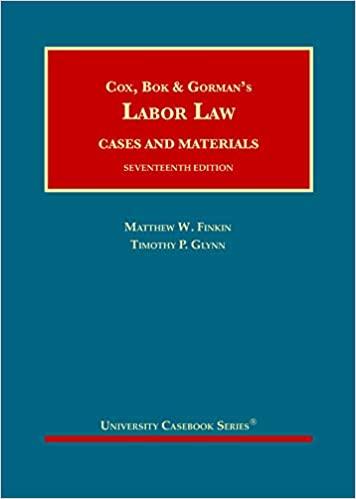Answered step by step
Verified Expert Solution
Question
1 Approved Answer
After reading Davis v. Washington consolidated with Hammonv. Indiana, With respect to Davis v. Washington: What statement did the prosecution want to put into evidence?
After reading Davis v. Washington consolidated with Hammonv. Indiana,
With respect to Davis v. Washington:
- What statement did the prosecution want to put into evidence?
- Why couldn't the prosecutor call the declarant to testify?
- Did the Supreme Court determine that the statement was testimonial or non-testimonial? What was the basis of the Court's determination?
With respect to Hammon v. Indiana:
- What statement did the prosecution want to put into evidence?
- Why couldn't the prosecutor call the declarant to testify?
- Did the Supreme Court determine that the statement was testimonial or non-testimonial? What was the basis of the Court's determination?
1. Based on this consolidated opinion, what factors should a judge be taking into account in deciding whether an out-of-court statement is testimonial or non-testimonial?
Step by Step Solution
There are 3 Steps involved in it
Step: 1

Get Instant Access to Expert-Tailored Solutions
See step-by-step solutions with expert insights and AI powered tools for academic success
Step: 2

Step: 3

Ace Your Homework with AI
Get the answers you need in no time with our AI-driven, step-by-step assistance
Get Started


